JamesOLeary
Master at Arms
Having built a couple Academy M113s as well as making a few "wedgies" out of Academy and Italeri kits, I decided to give the AFV Club M113 ACAV kit a try. It is more detailed than my old standby, the Academy kit, but there were a few things missing which I will be adding.
This model will eventually find itself in a diorama and the vehicle will be depicting a gas-powered M113 belonging to C Company, 2d Battalion, 47th Infantry (Mechanized), 9th Infantry Division. To backdate the kit to depict a regular M113 I have to make some changes to the fuel tank and the headlight guards for sure.
The first thing I did to start this build was to install the suspension system. It is quite a bit better than those that were found in the Tamiya, Italeri, and Academy kits.

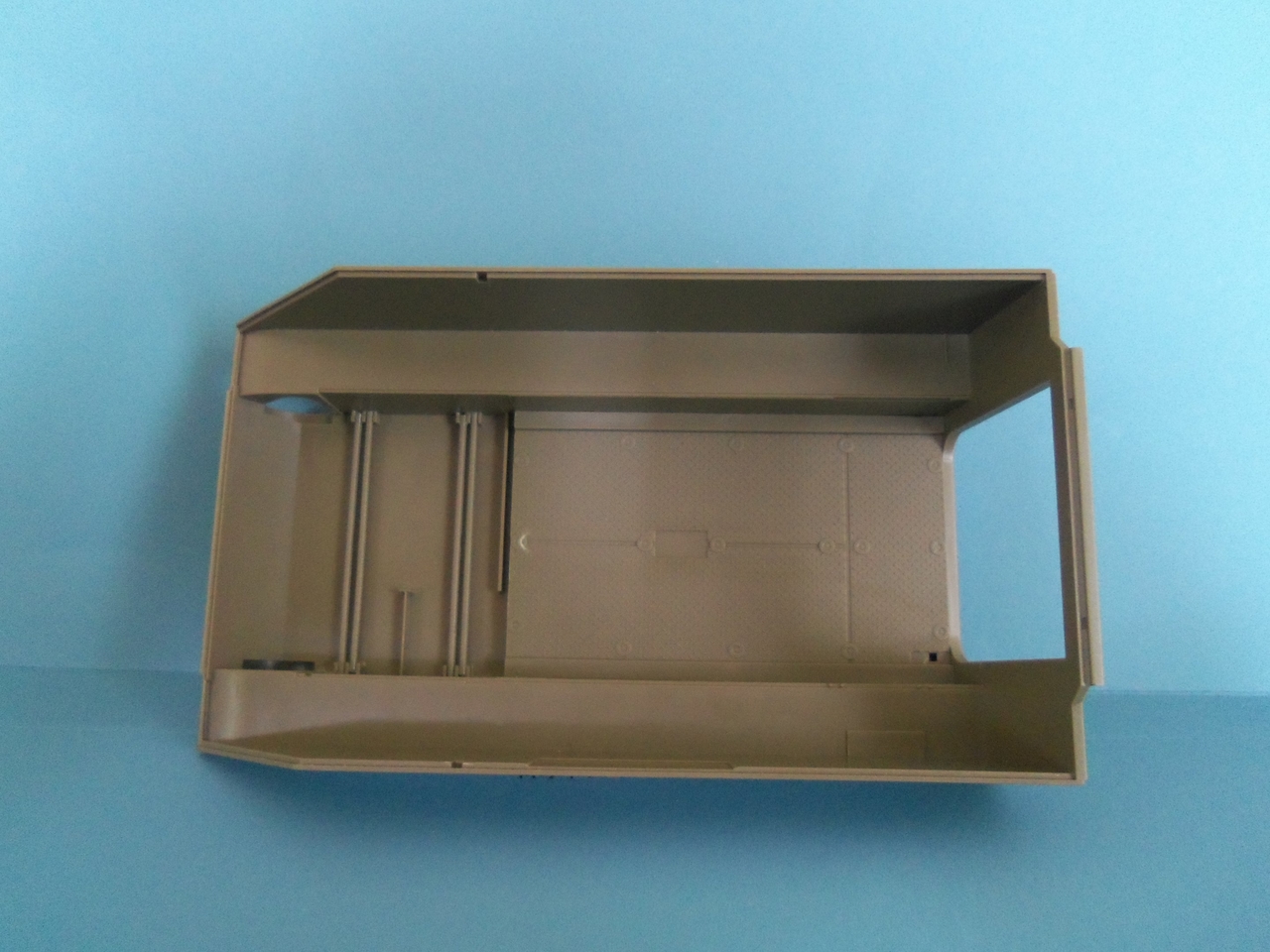
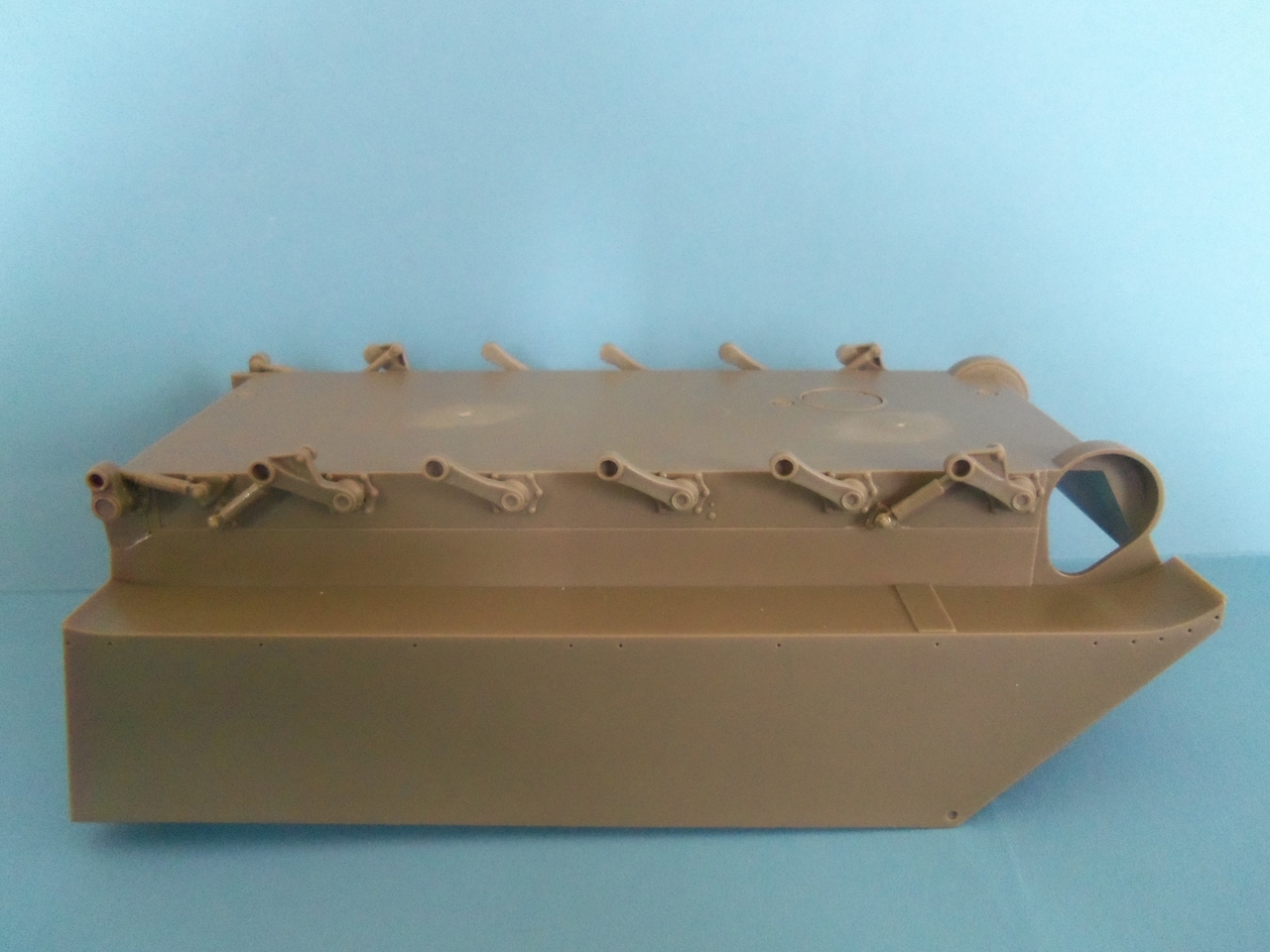
Then I started to put together the parts that will form the interior. There were a few items that are missing from the AFV Club kit so I added them from parts from the Academy kit. They are the items in light grey plastic.
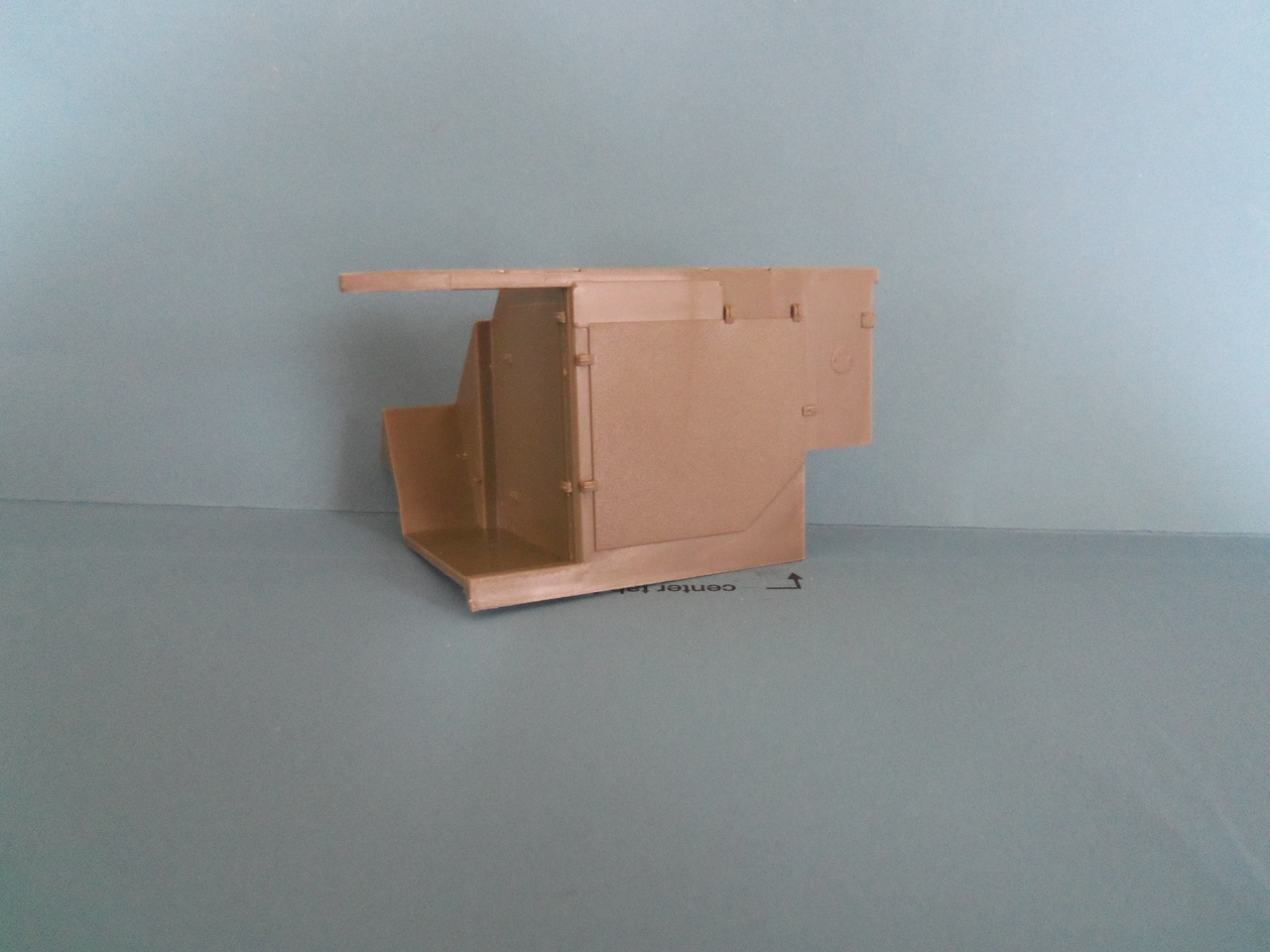
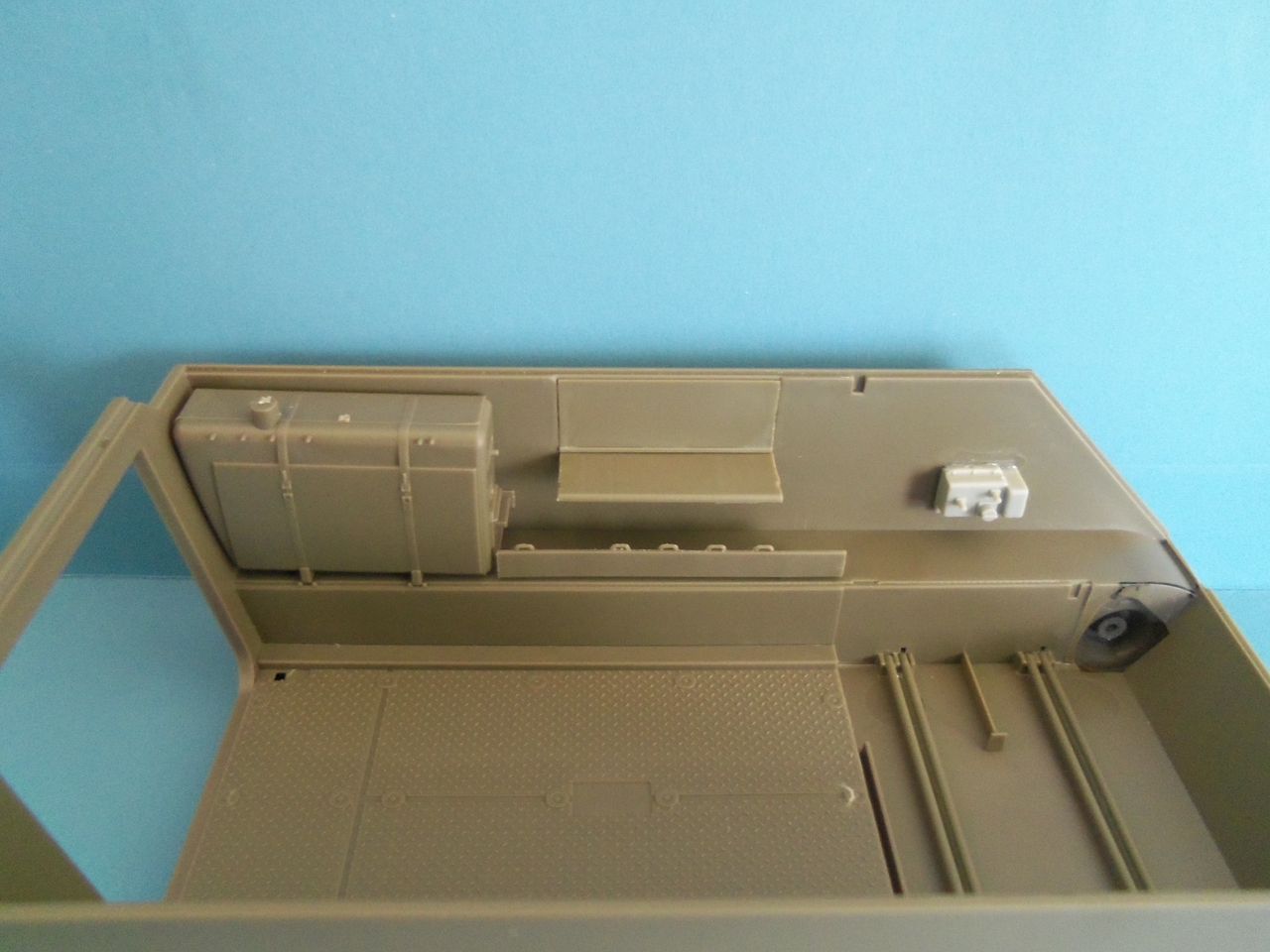
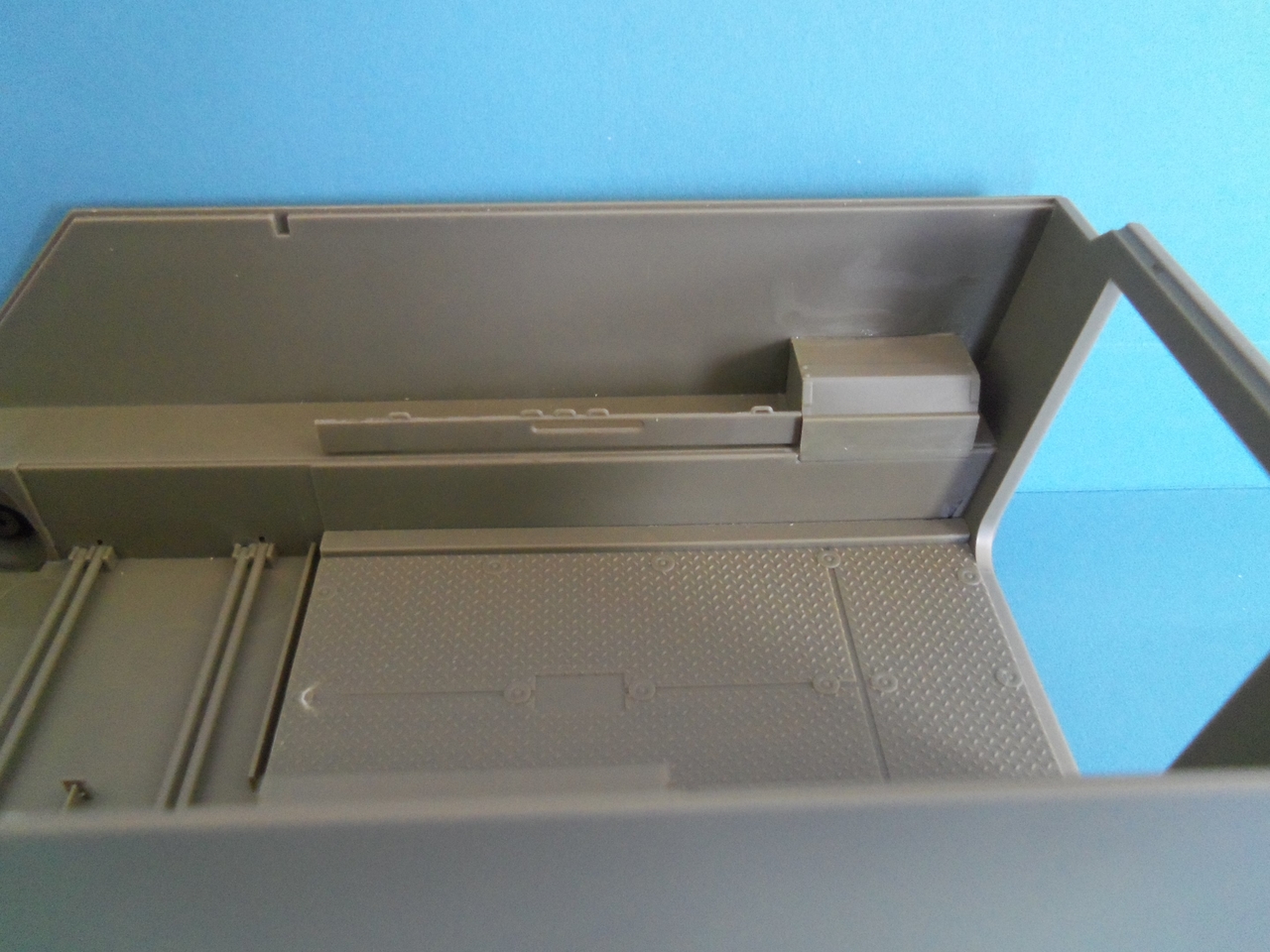
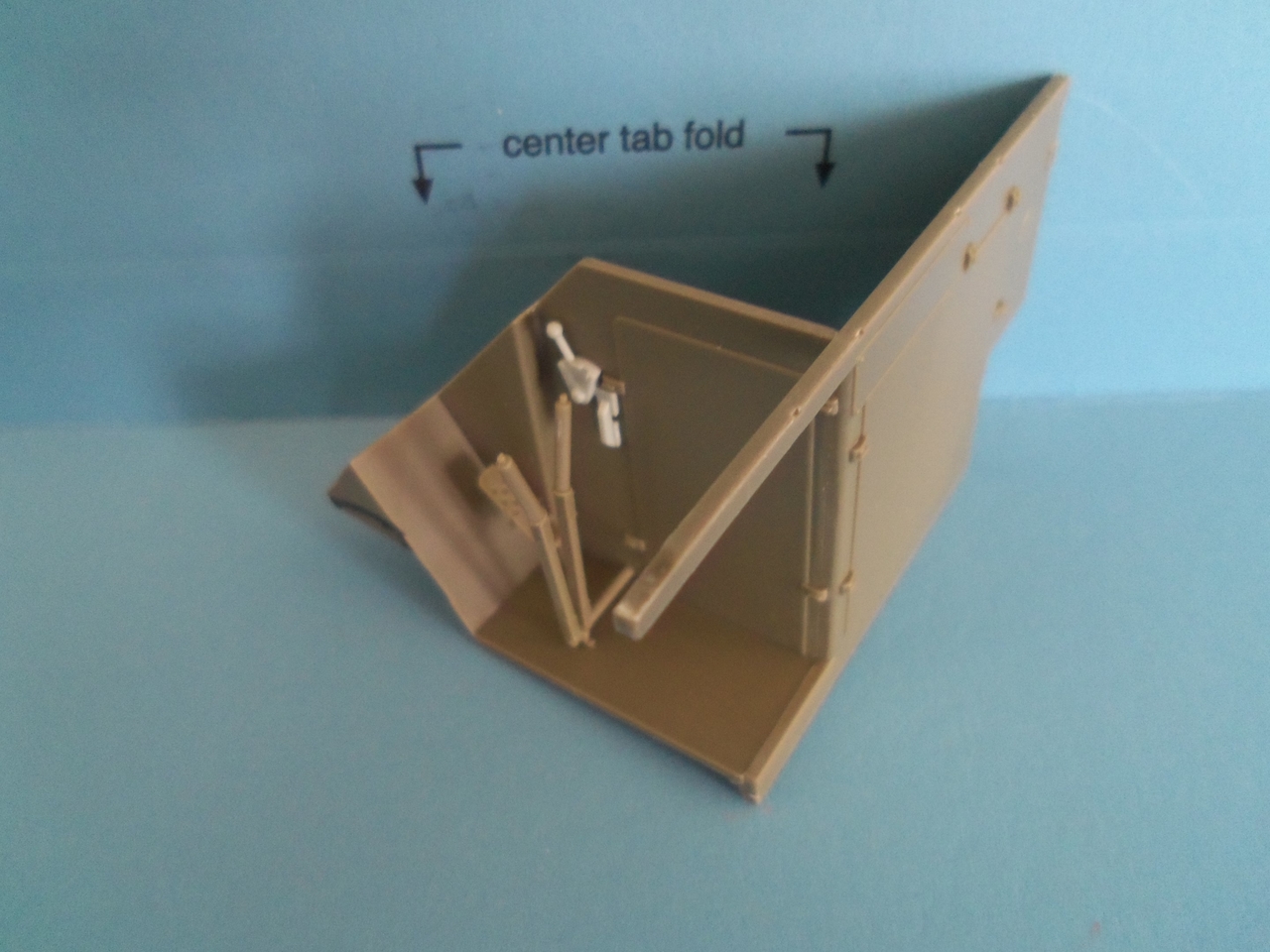
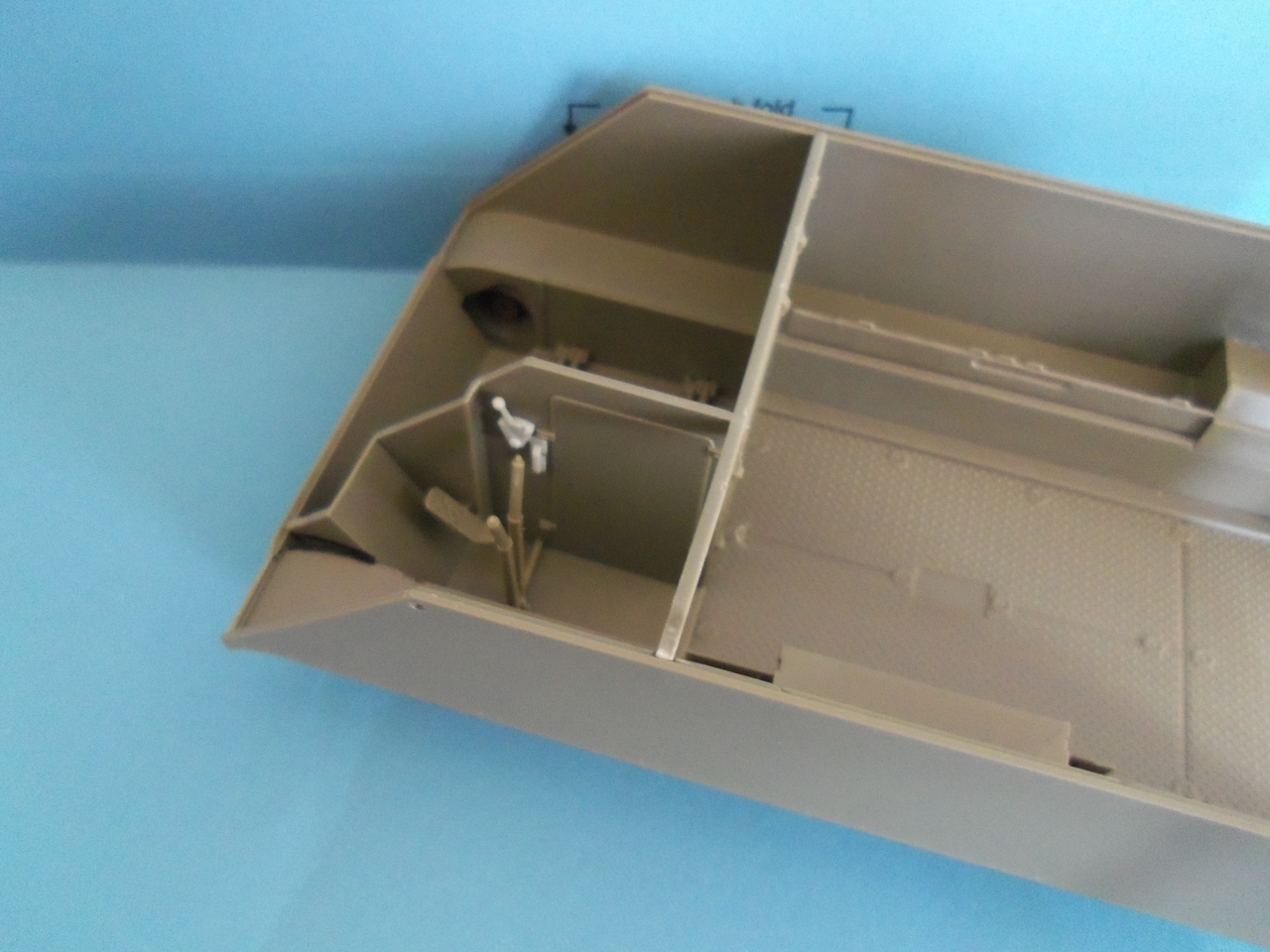
There is still more to add, but that will be done as work progresses.
This model will eventually find itself in a diorama and the vehicle will be depicting a gas-powered M113 belonging to C Company, 2d Battalion, 47th Infantry (Mechanized), 9th Infantry Division. To backdate the kit to depict a regular M113 I have to make some changes to the fuel tank and the headlight guards for sure.
The first thing I did to start this build was to install the suspension system. It is quite a bit better than those that were found in the Tamiya, Italeri, and Academy kits.
Then I started to put together the parts that will form the interior. There were a few items that are missing from the AFV Club kit so I added them from parts from the Academy kit. They are the items in light grey plastic.
There is still more to add, but that will be done as work progresses.


